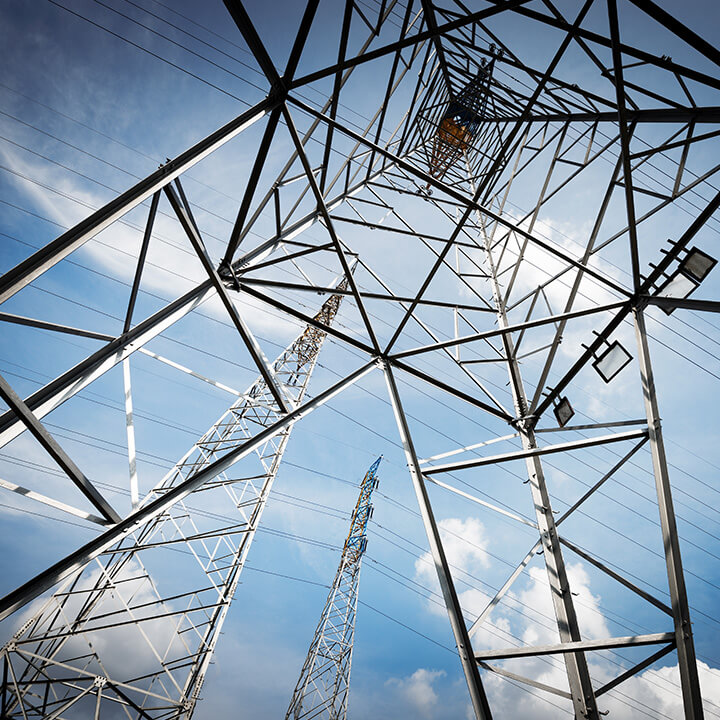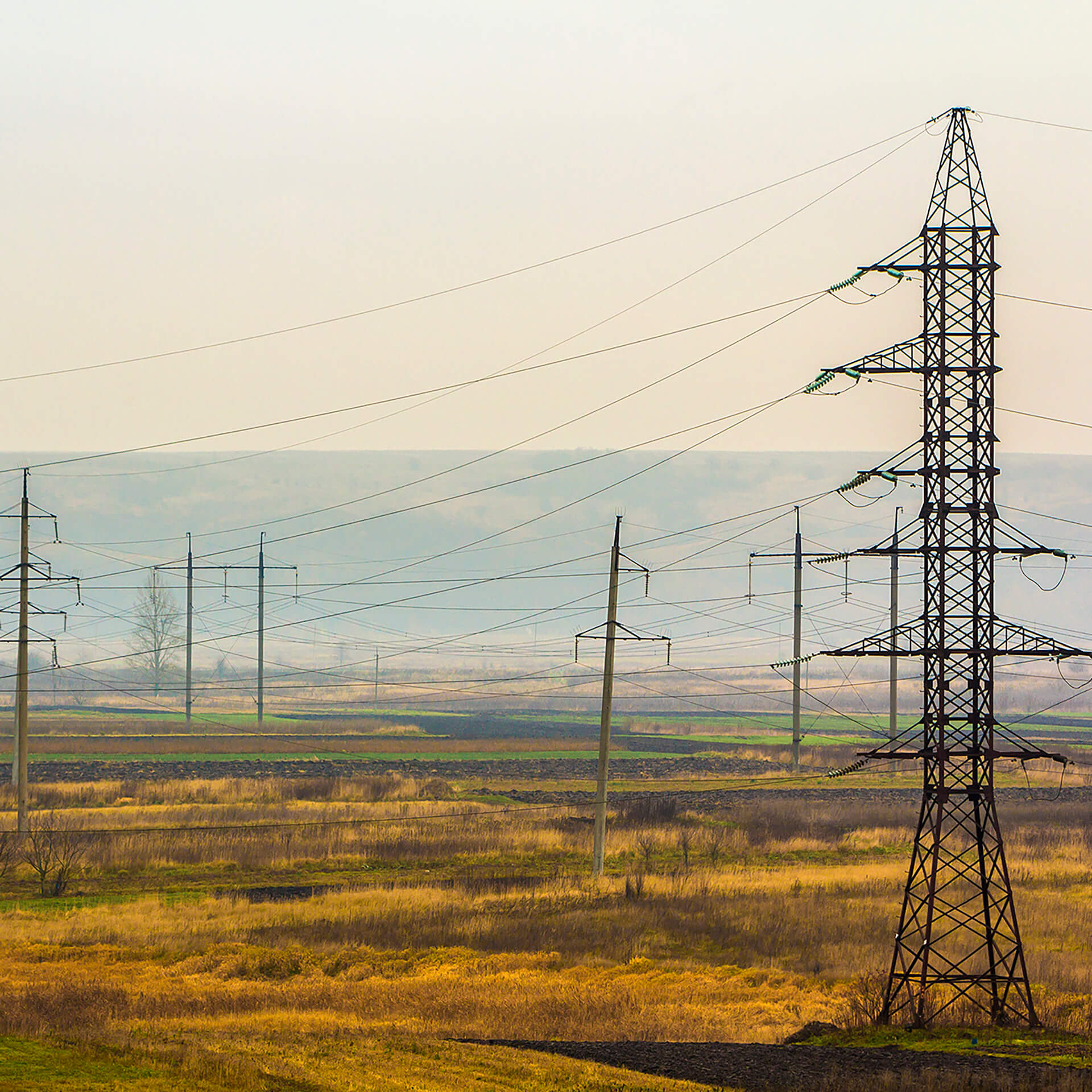Update: Grid connection reform – transforming energy and infrastructure development
29th April 2025
“Grid connection reform – a key tenet of the UK government’s net zero and growth ambitions – continues accelerating. With Ofgem confirming approval of TMO4+ and NESO publishing its final Gate 2 Methodologies, we provide the latest update on what this means for developers, funders, and the broader energy sector.”

On 15 April 2025, Ofgem approved the TMO4+ package, and NESO published the final Gate 2 Methodologies, marking a significant milestone in the UK’s ambitious reform of grid connection processes. These announcements confirm the new framework through which existing and new projects will be assessed and prioritised for connection.
While this is a welcome step forward, it comes with caution: implementation begins a much longer journey to a fully reformed grid queue. The effectiveness of this transformation will depend on how well the new application processes integrate and how many projects ultimately achieve connection under the new regime.
Key upcoming dates now confirmed:
- May 2025: Evidence submission window opens for distribution customers.
- July 2025: Evidence submission window opens for transmission connections.
- September 2025: NESO will begin to notify projects whether they’ve secured a place in the reformed queue.
- Autumn 2025: NESO and network companies will issue revised connection offers.
- TBC: Decisions on proposals to increase the Transmission Impact Assessment threshold are still pending.

These confirmed milestones provide much-needed certainty to developers currently navigating the evolving landscape of grid connection reform. NESO’s methodologies provide a clearer path for how projects will be assessed for inclusion in the queue — introducing criteria around readiness, strategic alignment, and ongoing milestone compliance. Only those that meet these standards will secure firm connection dates.
Queue Management Milestones aim to keep the queue healthy and progressing timely.
Consultation continues in relation to NESO proposals for the implementation of the Progression Commitment Fee (PCF), which is expected to conclude and be referred to Ofgem for a decision in July. The PCF aims to ensure only viable projects progress.
Importantly, projects with existing grid offers will need to reapply through the Gate 2 window. ‘Protected Projects’ — including those with connection dates on or before 31 December 2026 or with certain milestones already achieved — may receive priority access. In its decision document, Ofgem has recommended that additional assurances are extended to projects with connection dates on or before 31 December 2027.
Strategic shift: First ready and strategically aligned, first connected
With the confirmation of these methodologies, NESO has cemented the transition from a ‘first come, first served’ approach to one focused on strategic value and project readiness.
This includes:
- Designating projects that align with the government’s CP2030 Action Plan.
- Prioritising projects with strong planning and consents progress.
- Filtering out non-viable or stalled ‘zombie’ projects from the queue.
As NESO prepares to reorder the queue and initiate the new offer process, the clarity of these confirmed timelines enables developers and funders to plan more confidently.
Key impacts of the April 2025 update for developers and funders
These latest updates bring both clarity and complexity. Here’s what developers and funders need to know:
Developers
- Time to prepare is now limited: Developers have a short window to prepare evidence submissions that meet the new criteria. This includes planning progress, financial credibility, and deliverability.
- There will be no automatic transition. Existing connection offers will not be carried forward. Projects must reapply and compete for queue positions.
- Winners and losers will emerge: Strategic alignment and project maturity will now determine success. Some projects will move forward more quickly; others may be pushed back into Gate 1 or fall out of the queue altogether.
- Rationalisation in portfolios: Developers may need to reassess and rebalance portfolios — particularly those with grid or locational diversity — to prioritise viable, high-value sites.
- Legal and commercial risks: Projects moved into Gate 1 or removed from the queue may challenge the process. We may see increased legal scrutiny, especially where planning and investment have already been committed.
- PCF and Milestone compliance: Projects in Gate 2 must meet Queue Management Milestones or risk termination and financial penalties.
Funders
- Connection risk is now central to investment decisions: The new queue creates additional risk and uncertainty, particularly for projects still in early-stage development.
- Increased due diligence: Funders must confirm whether projects are Gate 2-ready and model scenarios around rejection, delays, or reduced capacity.
- Potential project delays: With reordering and reassessment taking place through 2025, many deals may experience delays to financial close or need to be restructured.
- Confidence in the process will be key: The new system’s litmus test will be its ability to connect projects at scale quickly and give investors confidence that their capital can be deployed effectively. This will also shape how progress towards CP2030 targets is ultimately judged.
Confirming TMO4+ and NESO’s methodologies marks a major step toward a smarter, fairer, and more strategic connection process. But it’s not the destination. The system now needs to prove it can deliver — not just reallocate — capacity.
We anticipate this will drive:
- Greater selectivity in project development
- Consolidation and reprioritisation of portfolios
- New pressures on legal, commercial, and financial planning
- And, in some cases, dispute or challenge, particularly where projects are displaced
The winners will be those who act early, align with strategic objectives, and demonstrate project maturity. The losers may find themselves sidelined in an increasingly competitive and performance-driven system.
How can we help with your grid reform needs?
Our Infrastructure & Energy Group advises developers, funders, and stakeholders on all aspects of grid reform, from understanding the Gate 2 criteria and designation process to managing PCF risk and preparing for offer reapplication.
Please get in touch with Shane Toal or Paul Dinning to discuss any questions you may have.
Further information is available via Ofgem’s formal decision here: https://www.ofgem.gov.uk/decision/decision-connections-reform-package-tm04
Read our previous article on grid connection reform here: Grid connection reform: Transforming energy and infrastructure development – Walker Morris









